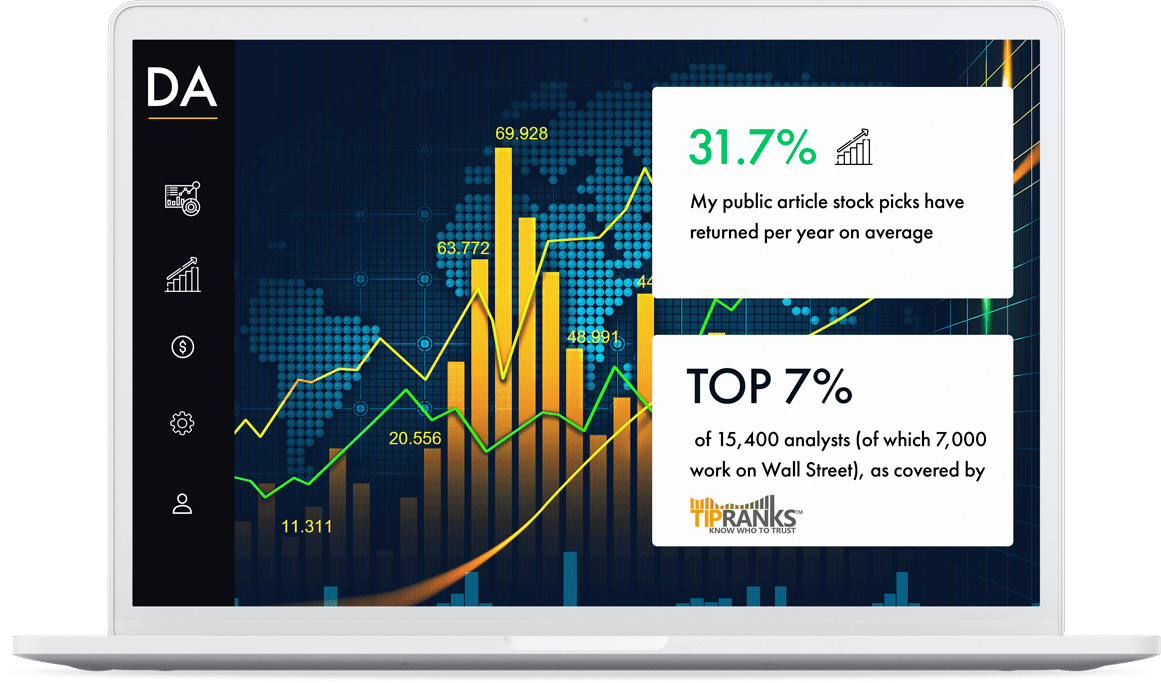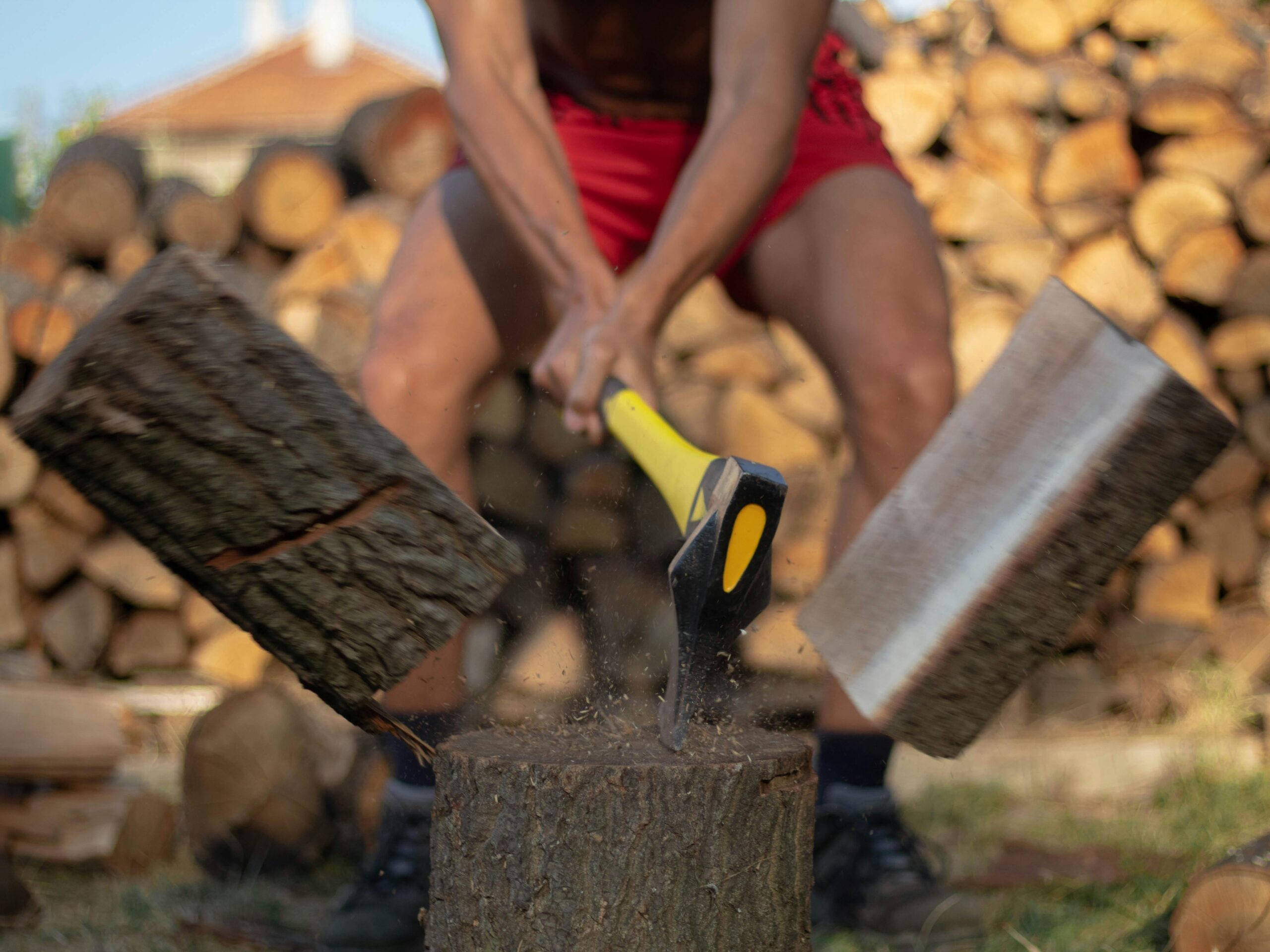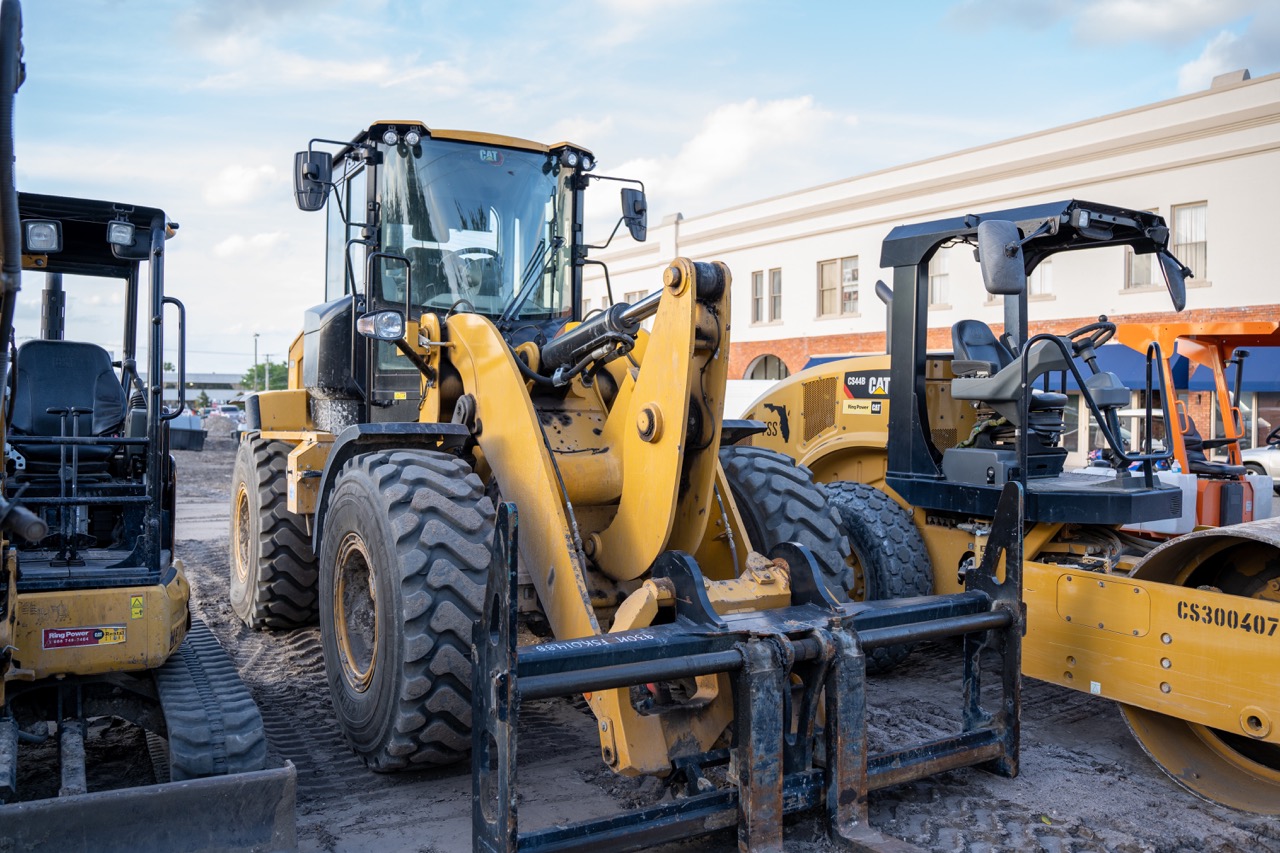In the poll I created, You requested a dividend stock analysis on Starbucks(SBUX). It was the first time that a company from my personal portfolio was requested in my Instagram poll.
Previously I have written about Visa, At&T, P&G and Coca-Cola.
Starbucks(SBUX)
Starbucks owns the world’s largest chain of coffeehouses. With more than 31,000 physical locations in 79 countries, it’s a truly global brand.
The ‘Starbucks’ brand name has become synonymous with coffee. The company’s stores can be found in the most popular locations around the globe. Starbucks is constantly improving its product offering and has developed incredible brand loyalty amongst its customers.
The Starbucks Loyalty Card is the most regularly used rewards app amongst major restaurant chains according to this study by The Manifest. As of March 2019, the app had 16 million active members. Not only does it help build brand loyalty, but it allows Starbucks to collect useful data from customers. That data can be used to market their products better.
The company delivered great top line growth over the last decade. On a compounded annual growth rate, the revenues grew by 10.6% per year during that period.
SBUX makes the most of its revenues (81% in FY19) through its company-owned stores. The licensed stores made up another 11% of fiscal year 2019 sales. The company also sells some pre-packaged products that you might find in supermarkets etc.
Dividend
Starbucks has been rewarding shareholders with growing dividends for a decade now. They have achieved it by raising the payout ratio and growing their cashflows. It will be very hard for the company to replicate the dividend growth rate of the past 5-10 years going forward though.
| My Criteria | Starbucks | Pass | |
| Yield | >2% | 2.2% | Yes |
| 5-yr CAGR Growth | >5% | 22% | Yes |
| FCF Payout Ratio | <60% | FCF negative | No |
| Years of Consecutive Raises | >5 years | 10 years | Yes |
The dividend has grown at a very impressive pace of 20%+ per year over the last 5 years. This type of growth is not sustainable for the long term. The latest raise was just under 14% and is more in-line with what investors can expect in the near future.
I used my Dividend Growth Calculator to see how much income Starbucks might generate in 10 years from a $10,000 investment. I used the current yield of 2.23% and a 14% growth rate ( in-line with latest raise).

As we can see, the yield on cost with or without re-investment can become very impressive over that time frame. A $10,000 investment could deliver $725 in dividend income by year 10 if the dividend kept growing at that pace. With re-investment of dividends, that figure would be $863 per year. However, it depends on Starbucks being able to deliver those large dividend raises. It’s unlikely that the company will manage to raise the dividend significantly in 2020-21. The CoVid pandemic has hit the company hard as the company doesn’t expect to be free cash flow positive until Q4.
Profitability
Starbucks has a strong brand name that allows them to charge more for their coffee. This helps them achieve great profitability. The 10-yr average FCF/Sales ratio of 13% and trailing twelve months ROIC of 28% are very impressive figures. As SBUX has negative shareholder equity, we can’t use ROE to evaluate profitability.
| My Criteria | Starbucks | Pass | |
| ROE | >12% | (Negative Equity) | N/A |
| ROIC | >12% | 28%(ttm) | Yes |
| FCF/Sales | >5% | 13%(10 yr avg) | Yes |
Balance Sheet
At first glance investors might see the balance sheet ratios and think SBUX is having a tough time.
| My Criteria | Starbucks | Pass | |
| Debt/Equity | <0.5 | Negative Equity | N/A |
| Debt/EBITDA | <3 | 3.78 | No |
| Interest Coverage | >8x | 4.2 | No |
However, we must dig deeper into the ratios to see what causes that.
Interest payments have historically been very well covered. But as we are using the annualised EBIT of the first 3 months of 2020, it doesn’t look as great. That figure is somewhat one-off though, as the majority of SBUX locations were shut due to the pandemic in the second half of the 1st quarter.
For context, in 2019 interest payments were very safely covered 14x over. In 2018 the interest payments were covered by EBIT 35x over.
Although Starbucks is going through a tough spell now, I don’t have any concerns regarding their ability to finance its debt.
The company has ample liquidity for the current period of uncertainy. Starbucks issued $3 billion worth of bonds in May and has another $3 billion of untapped credit lines.

Valuation
Starbucks growth story has attracted investors to it. As a result, the share price has been bid up to higher valuations to reflect the investors expectations.
Buying Starbucks now is betting on recovery. It doesn’t make sense to use the latest quarter earnings as a guide because it was a truly unique situation. Stores were closed, with some locations only open for pick-up. Therefore some annualised ratios don’t look great right now and should be analysed in a broader context.
I believe that Starbucks growth thesis is still intact. But it doesn’t mean the business will recover to previous levels instantly. That has to be priced in. I initiated a position in March just below $59 per share. I felt comfortable with the valuations at that price point.
Whilst the shares are still trading -26% from the 52-wk high, they look overvalued to me at current levels. The share price at the time of writing is $73.5.
| My Criteria | Starbucks | Pass | |
| P/E | <15 | 26 | No |
| P/FCF | <15 | 32 | No |
| CAPE | <20 | 44 | No |
Risks
The immediate risk to the company’s business is the effects of the lockdowns. Many locations were closed, with some open only to offer the pick-up option. Whilst the re-opening of the economy is underway, the speed of which the company returns to its previous profitability remains to be seen. Currently they expect to be burning cash every quarter until Q4 and a double-digit decline for full-year revenues.

The company is also facing increased competition from companies such as Dunkin Brands and JAB, with McDonalds increasing its focus on McCafe as well.
There is also valuation risk. The company is priced right now as if things return to normal soon and the fast growth resumes. If the company’s top and bottom line were to slow down, investors might not be willing to pay such a high multiple anymore. That might put downside pressure on the stock price.
Summary
I own Starbucks in my Dividend Growth Portfolio as I am bullish on the company in the long run. The strong brand name and coffee consumption trends are a tailwind to the company’s prospects.
I bought shares in March at the lows of the market decline. Currently, I don’t see the risk/reward as favourable. The stock price and valuations have significantly increased. There is a lot of optimism already built into the price, but Starbucks still faces some challenges. If the price were to decline below $60, or the company’s returned to profitability quicker than expected, I would have another look at it.
The company scored 5 out of 13 by my criteria. However, the current negative cashflows had a significant impact on the results and should be analysed in a broader context.
Disclaimer: I am long SBUX. This is NOT an investing recommendation. You can lose your invested capital. I am not a financial professional of any kind. The article published should NOT be considered to be investing recommendation or basis for financial planning. Before making any investing or financial decisions, contact an appropriate professional. Figures used in this article are believed to be accurate, but shouldn’t be relied on for investing decisions. I am not responsible for the accuracy of the data presented. All content on this website is for entertainment purposes only.









